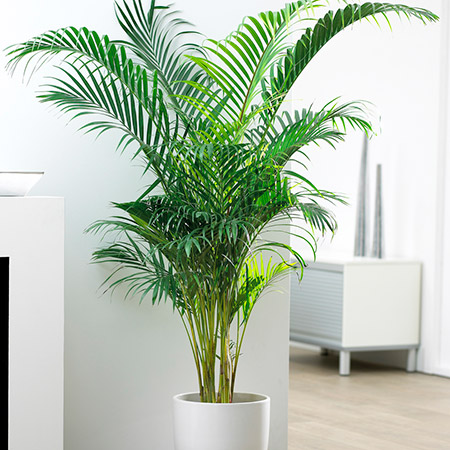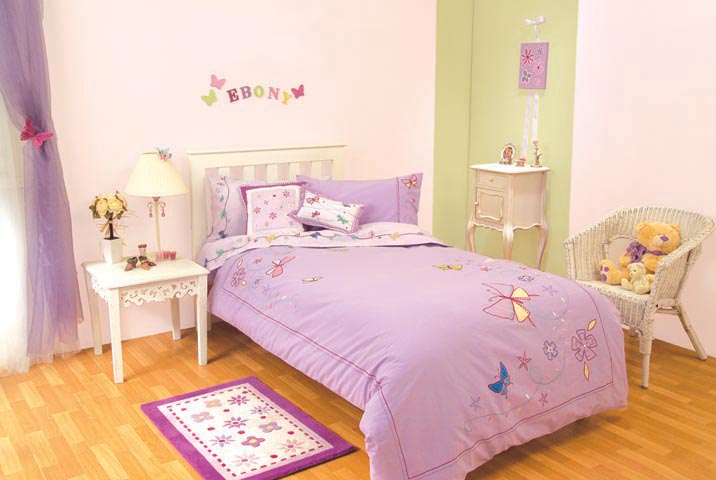In case we tell you that the living territory in your home is a virtual bog of unpretentiously hazardous gases – alkali from your toilets, formaldehyde from your junk, carbon monoxide from your stoves, benzene from the cleansers, xylene in your surface cleaner, trichloroethylene from your wood completions, ointments and numerous more gases and so forth: would you trust it?
One of the ways you can have a more advantageous “breathing territory” in your home where you or your family invest a ton of energy in, is by simply embracing house plants. Pick one of these tough green verdant things and feel the difference in a few days. Some consider vastu impacts of plants before bringing them in home.
Lily
A standout amongst the most profitable regarding purifying the quality of the breathing space. The plant likewise appears to be unique and the best most part stands like a hood of a snake. Needs less light and week by week watering to survival
Aloe Vera

It is short and simple to develop. Support isn’t much; mellow daylight and somewhat damp soil is sufficient to influence it to increase in to a vast bramble in a matter of seconds. It helps clearing formaldehyde and benzene from the air.
Brilliant Pothos
It quickly develops and looks best on hanging pots. The Golden Pothos helps against the spreading of formaldehyde. Remains green notwithstanding when kept oblivious.
English Ivy
This green plant helps in diminishing airborne fecal-matter particles. The plant needs splendid light to look new and can become dull in case they don’t get enough light. Take remarkable care while watering and let the earth dry for a long time before watering it afresh. Ivy detests standing water.
Chinese Evergreen

The plant will create sprouts and red berries even in low lighting conditions. It channels an assortment of air toxins.
Sobbing Fig
When you get acclimated with the living states of this plant, it survives long and renders stunning outcomes. It helps against discharges from draperies, floor coverings and furniture.
Warneck Dracaena

Grows up to 12 feet in tallness and does not require coordinate daylight. Yellow leaves in the plant are a sign of over-watering or poor drainage. You can place it near a sheer curtain or a window.It battles poisons by and large found in varnishes.
Azalea (Rhododendron Simsii)
It is a blossoming bush which can develop in cool zones however needs splendid spots. It helps against formaldehyde from plywood and froth protection.
Gerber daisy

Another blossoming plant that enhances the indoor air quality by expelling trichloroethylene, which may accompany cleaning. Absolute necessities in the clothing and room.
Snake plant
This plant is most appropriate for restrooms. The plant can grow as high as 30 feet outside however it is limited to around seven feet at indoor areas. Place it in a little compartment and the jammed roots will help in restricting the extent of the plant. The plant is helpful in sifting xylene and toluene from the air. It additionally works adequately as a powerful humidifier. Water enough to keep the dirt soggy.
Do take care and read vastu for kitchen if you are planning to adopt indoor plants in your kitchen as they also have some vastu impact.
Spider Plant

This stunning plant battles benzene, formaldehyde, carbon monoxide and xylene. This plant is one of a kind because of its remarkably moulded leaves, which dangle like creepy crawlies on a web. In case you see the plant turning somewhat dark coloured, don’t panic. It is normal, and it will return to its green self soon! Ensure you utilize much depleted soil and don’t make the dirt spongy for a crisp looking creepy crawly plant.
Areca palm

This verdant plant can be developed anyplace in the house in backhanded daylight. Ensure it isn’t presented in front of direct sunlight, or the leaves will turn yellow. The plant can grow as high as 30 feet outside however it is limited to around seven feet at indoor areas. Place it in a little compartment and the jammed roots will help in restricting the extent of the plant. The plant is helpful in sifting xylene and toluene from the air. It additionally works adequately as a powerful humidifier. Water enough to keep the dirt soggy.
Red-edged Dracaena
Helps battle gases like xylene, trichloroethylene and formaldehyde which is discharged from varnishes and sealers.











